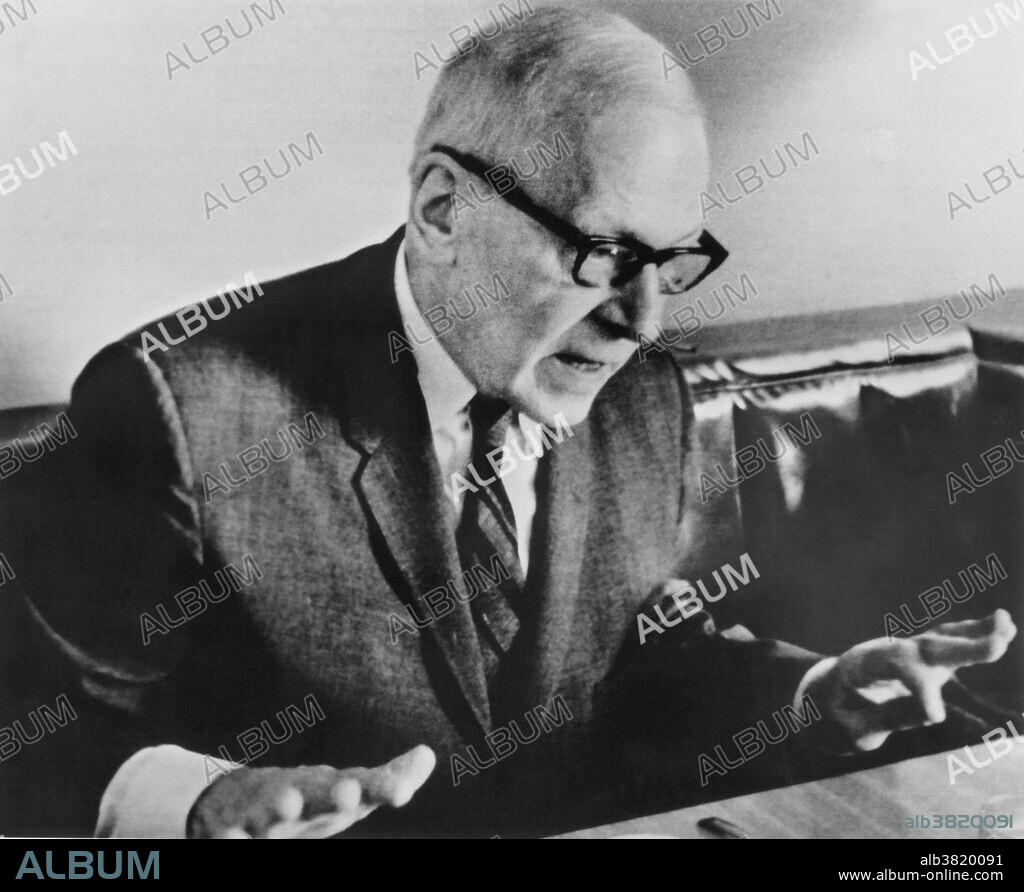alb3820091
Robert Mulliken, American Physicist and Chemist

|
Zu einem anderen Lightbox hinzufügen |
|
Zu einem anderen Lightbox hinzufügen |



Haben Sie bereits ein Konto? Anmelden
Sie haben kein Konto? Registrieren
Dieses Bild kaufen.
Nutzung auswählen:

Titel:
Robert Mulliken, American Physicist and Chemist
Untertitel:
Siehe automatische Übersetzung
Robert Sanderson Mulliken (June 7, 1896 - October 31, 1986) was an American physicist and chemist, primarily responsible for the early development of molecular orbital theory. In 1927 Mulliken worked with Hund and as a result developed his molecular orbital theory, in which electrons are assigned to states that extend over an entire molecule. In consequence, molecular orbital theory was also referred to as the Hund-Mulliken theory. With its description of the electron wave functions in molecules as delocalized molecular orbitals that possess the same symmetry as the molecule, Hund and Mulliken's molecular-orbital method, including contributions by John Lennard-Jones, proved to be more flexible and applicable to a vast variety of types of molecules and molecular fragments, and has eclipsed the valence-bond method. As a result of this development, he received the Nobel Prize in Chemistry in 1966. He died of congestive heart failure in 1986 at the age of 90.
Bildnachweis:
Album / Science Source / New York Public Library
Freigaben (Releases):
Model: Nein - Eigentum: Nein
Rechtefragen?
Rechtefragen?
Bildgröße:
3642 x 2985 px | 31.1 MB
Druckgröße:
30.8 x 25.3 cm | 12.1 x 9.9 in (300 dpi)
Schlüsselwörter:
AMERIKANER • BERÜHMT • BERÜHMTE PERSÖNLICHKEIT • CHEMIKER • MANN • NOBEL • NOBELPREIS • NOBELPREISTRAEGER • NOBELPREISTRÄGER • NOTABEL • PERSON • PERSöNLICHKEITEN • PERSÖNLICHKEITEN • PROMINENZ
 Pinterest
Pinterest Twitter
Twitter Facebook
Facebook Link kopieren
Link kopieren Email
Email
